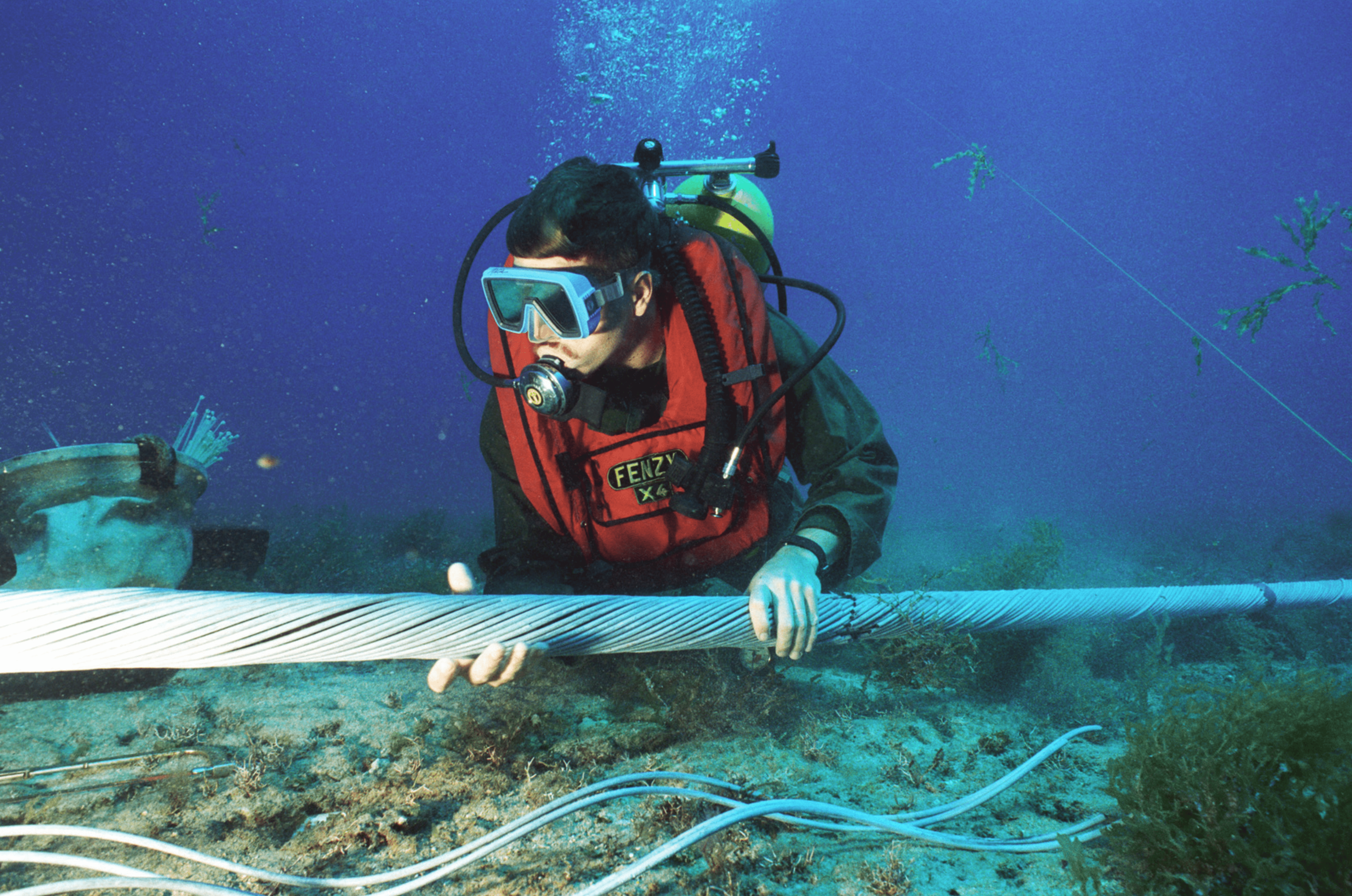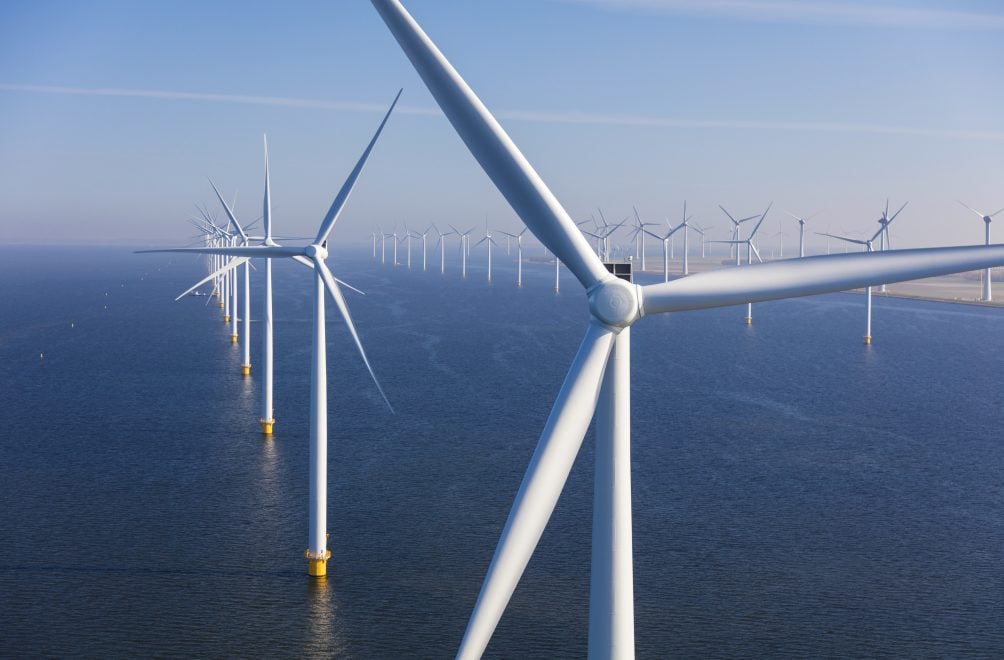
Russian spies have allegedly been mapping undersea infrastructure in the East Sea, including offshore wind farms, gas pipelines, and power/internet cables in Denmark, Norway, Finland, and Sweden’s waters. This raises concerns about potential sabotage and its effects on Northwestern Europe’s power supply. DR’s documentary series “Skyggekrigen” revealed this information through collaboration with other Nordic media outlets. Experts suggest these activities are part of Russia’s preparations for a major conflict with the West, with the intelligence collected potentially being used by GUGI, a Russian military program for underwater warfare. The potential sabotage of this infrastructure could lead to difficulties in maintaining operations for entire regions or sectors of society. Russia’s ambassador in Norway, Teymuraz Ramishvili, claims that research vessels follow international law and coordinate their work through diplomatic channels.
Underwater sabotage: How does it work and what is at stake?
Undersea cables carry 95% of global digital data, with increased Russian activity near them raising concerns. Russia’s Main Directorate of Deep-Sea Research (GUGI) has spy ships, specialist submarines, and can deploy hydronauts, mini-submarines, or underwater drones. In 2018, Russia had 17 underwater drone projects in progress. Potential attack methods include detonating torpedo warheads or depositing remotely activated mines.
Pipelines and cables differ as targets; pipelines are easier to locate but require a large explosive charge due to protection. For instance, Nord Stream 1 has an 11cm thick concrete coating. Danish officials state that each explosion in the Nord Stream 1 and 2 pipelines was equivalent to 500kg of TNT. An attack on undersea infrastructure could lead to difficulties in maintaining operations for entire regions or sectors of society. The potential sabotage of such infrastructure raises concerns about how dependent we are on it and how to protect it.
Can Europe protect its underwater cables from sabotage?
The EU has been focusing on protecting underwater cables from sabotage. The European Commission and Parliament have been addressing critical infrastructure protection. EU Commission president Ursula von der Leyen has presented a five-point action plan. However, the Critical Infrastructure Directive (NIS2) primarily addresses cybersecurity, not physical attacks or underwater infrastructures.
Among other recommendations, a report to the European Parliament suggests strengthening collaboration with industry, enhancing repair capacities, adding the issue to the diplomatic agenda, and revising the mandate of the European Maritime Safety Agency (EMSA) as policy vehicles. However, despite these efforts, the infrastructure remains vulnerable, and the consequences of successful sabotage could be catastrophic.
Choke points and the consequences of sabotage
Choke points, where multiple cables run through narrow bodies of water, are vulnerable to geopolitical disputes and pose a greater risk of damage. Some cities serve as hubs for numerous cables, and if compromised, could cause extensive internet disruption. The Red Sea, for instance, is considered the most vulnerable place on Earth for internet infrastructure, with around 17% of global internet traffic passing through the cables there.

Experts argue that the anxiety over potential Russian sabotage is overblown and the likelihood of a successful sabotage is very low. Nevertheless, strengthening the internet’s infrastructure remains vital to prevent significant disruptions to global communication and commerce. The potential consequences of sabotage include the loss of connectivity, disruption to cloud services, and damage to economies and the conduct of government.
Protecting undersea infrastructure and mitigating risks
Efforts to protect undersea infrastructure include the development of new surveillance and monitoring systems, collaboration with international partners, and the implementation of policies aimed at enhancing resilience. The Royal Navy, for example, is racing to launch an ocean surveillance ship for protection, which is expected to be operational by 2024.
While the threat of sabotage remains a concern, it is essential to continue strengthening the infrastructure and addressing vulnerabilities. This includes focusing on choke points, collaborating with key partners and industry, and developing new technologies and strategies to mitigate risks and ensure the continued functioning of the global internet and energy infrastructure.

